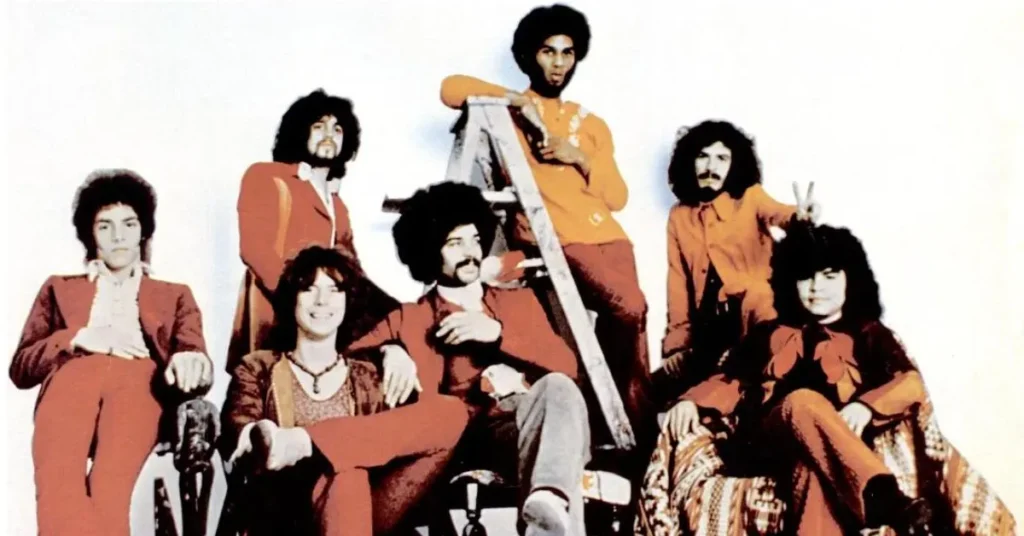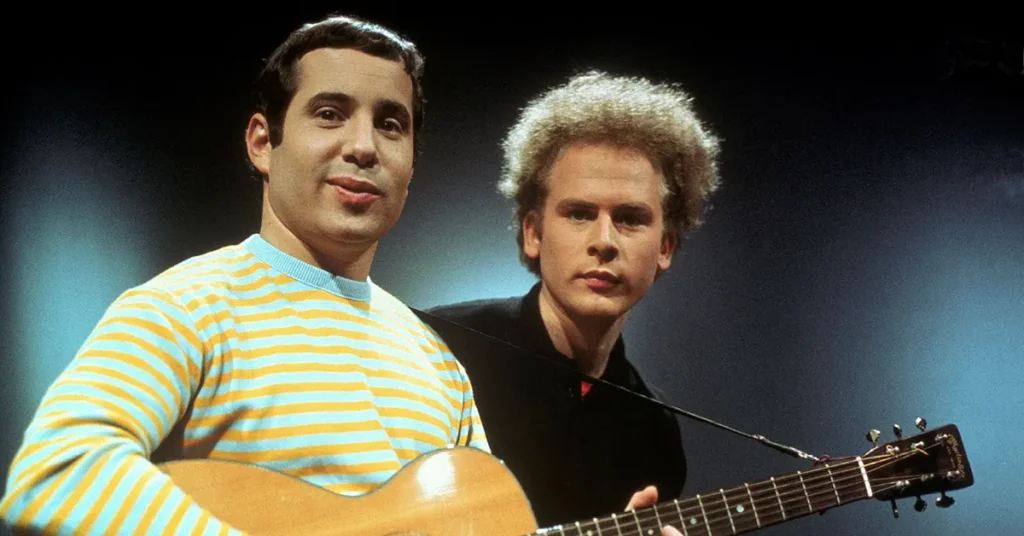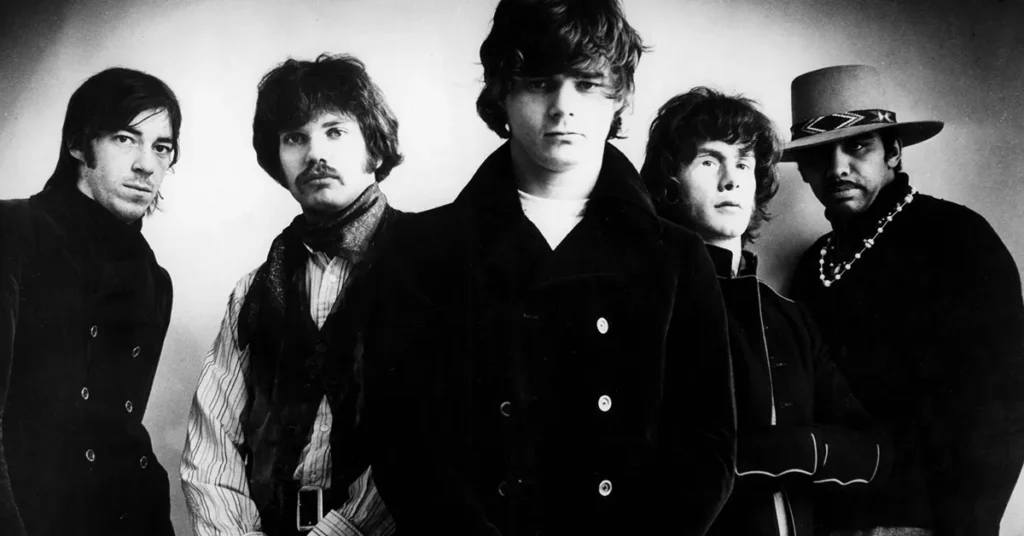Suzanne Vega: The Poet of Urban Folk and Modern Storytelling
Suzanne Vega. A Quiet Voice That Changed the Landscape of Songwriting
Suzanne Vega, born on July 11, 1959, in Santa Monica, California, and raised in New York City, is a pioneering American singer-songwriter known for her intimate, poetic lyrics, minimalistic style, and understated yet compelling voice. Rising to fame in the mid-1980s, she brought literary depth and urban realism to folk music, bridging the gap between acoustic tradition and modern sensibility.
Unlike many of her contemporaries, Vega built her career not on flamboyance, but on quiet power—carefully crafted songs rooted in storytelling, human psychology, and everyday life.
Suzanne Vega. Early Life and Influences
Vega grew up in Spanish Harlem and later the Upper West Side. Her stepfather, Ed Vega, was a Puerto Rican writer, and her artistic environment heavily shaped her sensibilities. She began writing poetry at age 9 and songs by 14. Influenced by Leonard Cohen, Bob Dylan, Lou Reed, and Paul Simon, she attended the High School of Performing Arts in NYC and studied English literature at Barnard College.
Her academic background and love of language are central to her songwriting. Her lyrics often read like short stories or monologues, with a stark clarity and economy of words that mirror literary fiction.
Debut Album: “Suzanne Vega” (1985)
Vega’s self-titled debut album, released in 1985, introduced a voice that was both fragile and forceful. Songs like “Marlene on the Wall” and “Small Blue Thing” showcased her ability to convey nuanced emotions with sparse arrangements and precise lyricism.
Though not an instant commercial smash, the album earned critical acclaim and eventually went platinum in the UK. It became a touchstone for the new folk revival of the 1980s, placing Vega alongside artists like Tracy Chapman and Michelle Shocked.

Breakthrough: “Solitude Standing” (1987)
Vega’s second album, Solitude Standing, catapulted her to international fame. It balanced folk introspection with more pop-friendly production, including subtle electronics.
Suzanne Vega. Key Tracks:
- “Luka” – A heartbreaking, first-person narrative of child abuse, written from the perspective of a young boy. It became a global hit, reaching No. 3 on the Billboard Hot 100. Its success was groundbreaking: Vega addressed social issues with a restraint and empathy rarely heard on pop radio.
- “Tom’s Diner” – Originally an a cappella track, this observational piece about a morning in a diner became famous when British duo DNA remixed it with a dance beat in 1990, creating one of the first true pop remixes to gain mainstream acclaim.
The album earned Vega Grammy nominations and solidified her place in both the folk and pop canons.
Exploration and Reinvention: 1990s and Beyond
Days of Open Hand (1990)
This album took a more experimental and orchestral turn, winning a Grammy Award for Best Recording Package. Songs like “Men in a War” and “Book of Dreams” explored mental health, relationships, and existential dread.
99.9F° (1992)
Produced by Mitchell Froom, this was Vega’s boldest sonic shift, mixing industrial sounds, sampling, and looped beats with her acoustic guitar and literary writing. It won praise for its innovation and includes tracks like:
- “Blood Makes Noise” – A cryptic meditation on fear and anxiety.
- “In Liverpool” – A haunting, nostalgic ballad.
Nine Objects of Desire (1996)
Here, Vega explored sensuality, femininity, and love in deeply personal terms. Musically, it embraced jazz, Latin, and art-pop textures.
Suzanne Vega. Later Works and Continued Artistic Growth
Songs in Red and Gray (2001)
Marked by a return to acoustic purity and introspective songwriting, this album reflected on Vega’s divorce and motherhood. It was widely praised as a return to form.
Beauty & Crime (2007)
A tribute to post-9/11 New York, blending Vega’s classic songwriting with ambient and electronic textures. It won a Grammy Award for Best Engineered Album (Non-Classical).
Close-Up Series (2010–2012)
Vega re-recorded her back catalog in stripped-down acoustic versions, grouped thematically across four albums:
- Love Songs
- People & Places
- States of Being
- Songs of Family
This project allowed her to regain control of her recordings and reintroduce her classics to new listeners.
An Evening of New York Songs and Stories (2020)
A live album recorded at Café Carlyle in NYC, featuring stories and songs that pay tribute to her roots and the city’s role in shaping her identity.
Themes and Style
Suzanne Vega’s music often reflects:
- Urban life: The city as both a stage and a metaphor.
- Psychological depth: Narratives of trauma, resilience, and introspection.
- Literary influence: Poems disguised as pop songs, with economy and elegance.
- Feminine identity: Explored through lenses of strength, vulnerability, and independence.
Legacy and Influence
Suzanne Vega has influenced a wide range of artists, from Tori Amos and Regina Spektor to Aimee Mann and St. Vincent. Her song “Tom’s Diner” was used in early MP3 compression testing, earning her the nickname “Mother of the MP3.”
She’s also:
- A regular performer and speaker at literary and arts festivals.
- An advocate for songwriters’ rights and copyright reform.
- A published writer and playwright.
Despite never chasing celebrity, Vega has maintained a respected and steady career over four decades, earning a reputation as one of modern music’s most literate and introspective voices.
Discography Overview
Studio Albums:
- Suzanne Vega (1985)
- Solitude Standing (1987)
- Days of Open Hand (1990)
- 99.9F° (1992)
- Nine Objects of Desire (1996)
- Songs in Red and Gray (2001)
- Beauty & Crime (2007)
- Close-Up Series (2010–2012)
- An Evening of New York Songs and Stories (2020)






